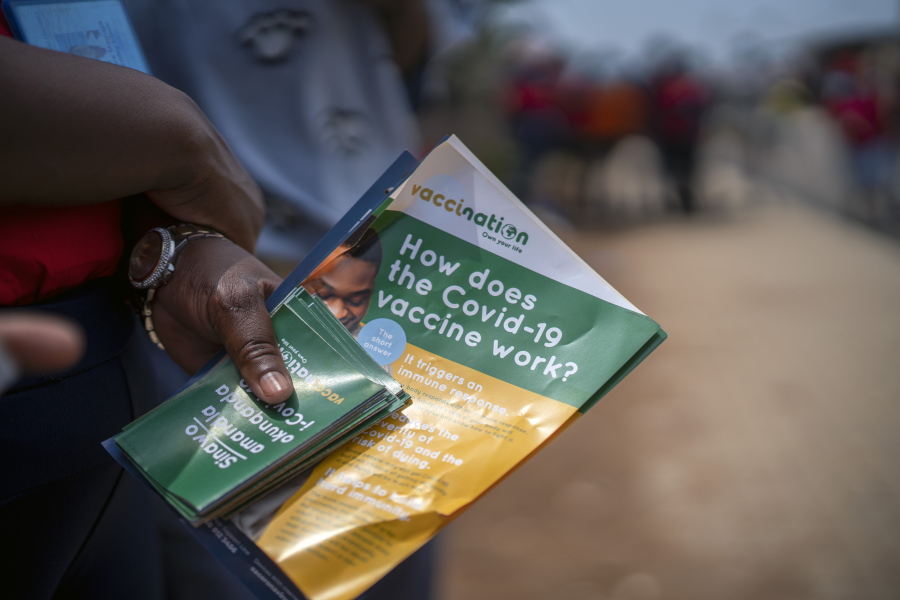Little is known about omicron, the newest variant of the coronavirus that was first detected in southern Africa and has rapidly spread to other countries. But researchers across the globe are beginning to pin down theories about how the variant developed and how its mutations could threaten to prolong the pandemic.
The United States this week recorded its first known case of omicron in California, and Washington public health officials have said they wouldn’t be surprised if the variant has already landed in the state.
Trevor Bedford, a computational biologist at Seattle-based Fred Hutchinson Cancer Research Center, has been studying the coronavirus with his team for nearly two years, and became well-known early in the pandemic for detecting the outbreak in the Seattle area, the country’s first hot spot.
He’s long been analyzing outbreaks and developing surveillance networks, eventually helping launch Nextstrain, an open-source project that looks at pathogen genome data.



